After traveling around Southern Vietnam we arrived in Cambodia, heads still spinning from the madness that can be Vietnam. Cambodia, though still bustling, offered a certain kind of calmness. Surrounded by friendly locals who seemed to all follow the hakuna matata way of life, we spent a week traversing and exploring the gorgeous country. Jump around the post by clicking anything in the list below, or just scroll on for a full account of our week in Cambodia!
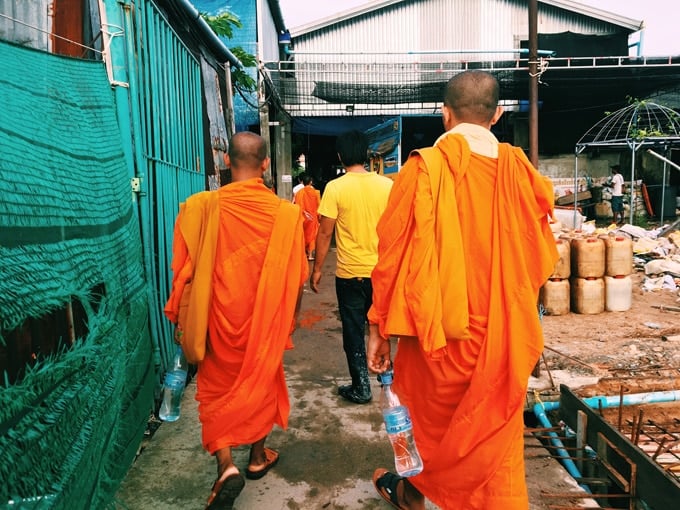
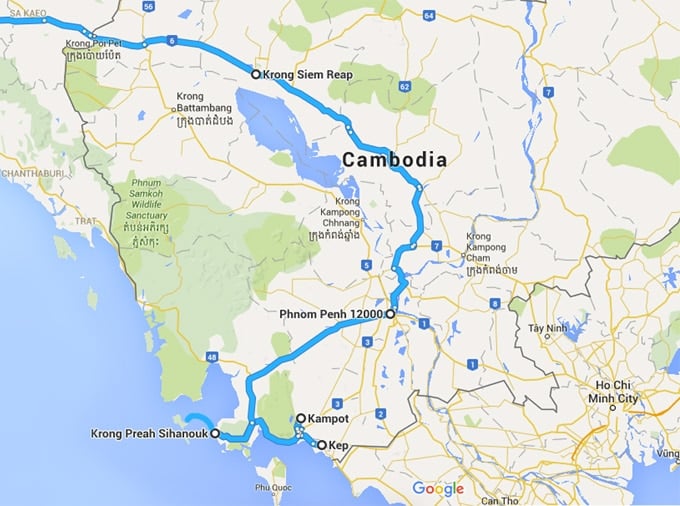
Cambodia Itinerary
- Kep & Kampot
- Koh Rong Island
- Phnom Penh
- Siem Reap
- Getting Around Cambodia
- Things to Eat & Drink in Cambodia
- Know Before You Go
Kep & Kampot
Kep and Kampot are two small towns, about 30 minutes from each other, on the road between the Vietnamese border at Ha Tien and the popular tourist town, Sihanoukville. They’re worth stopping in for a day or two to fill up on fresh crab and explore the area.
Kep town: The actual town of Kep is very small, consisting of a strip of seaside restaurants, all offering freshly caught crab.
Around Kep & Kampot: The real adventure lies in the area surrounding Kep and Kampot. Pay a tuk-tuk $30-$40 to drive you around to the most popular sites for the day.
Salt fields: Salt fields (or salt pans) hug much of the coastline of Kep and Kampot. Ocean water is pumped into the field then allowed to evaporate. It’s then raked up and sold as sea salt!
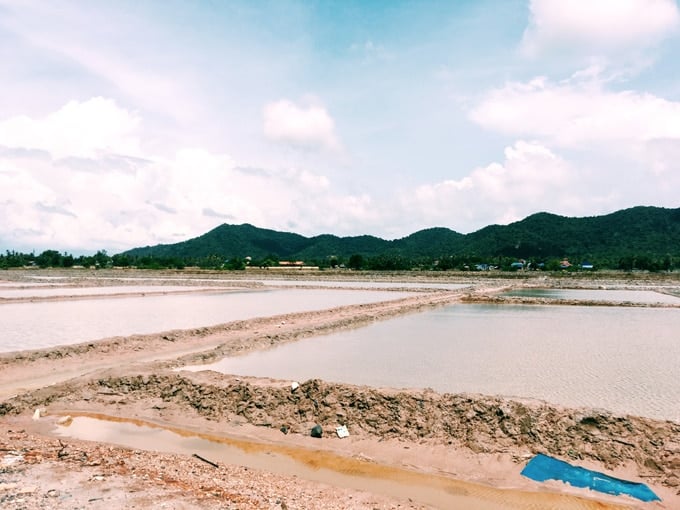
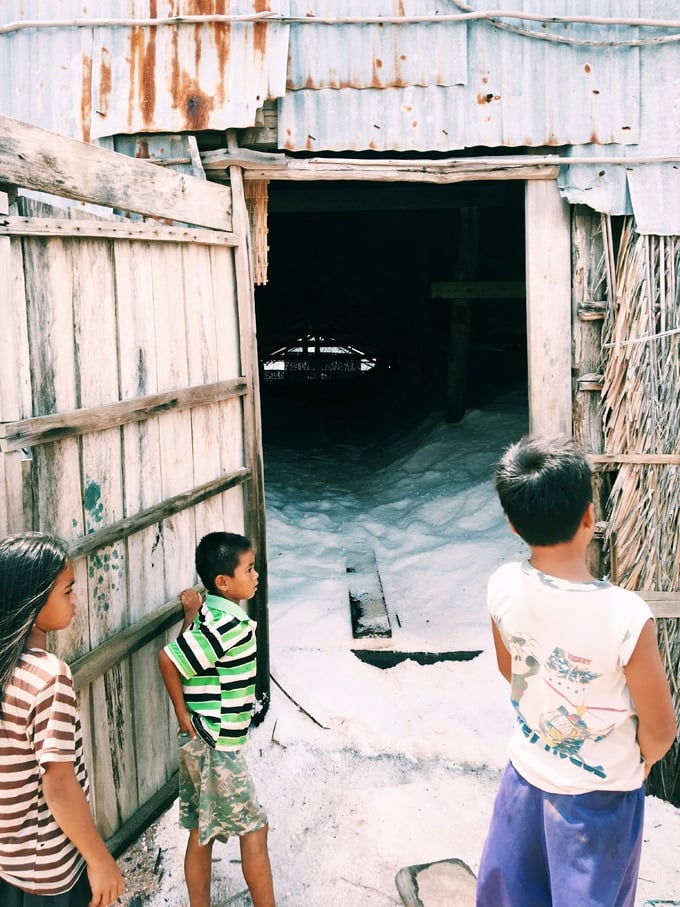
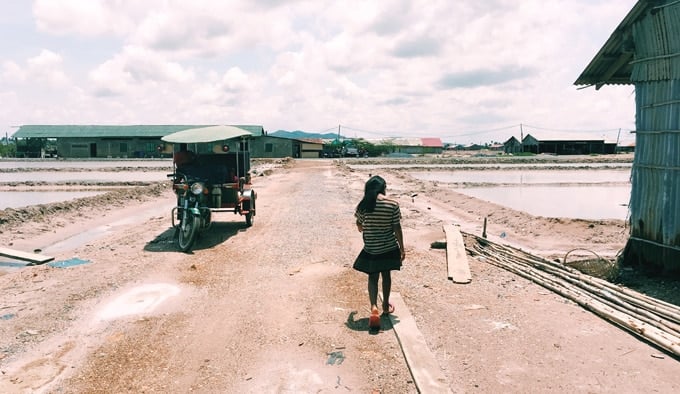
Pepper farms: Aside from the crab, Kep and Kampot are well known for their pepper farms, which produce the black pepper that is common on our kitchen tables. It’s picked when green, sun dried until dark, and ground up!
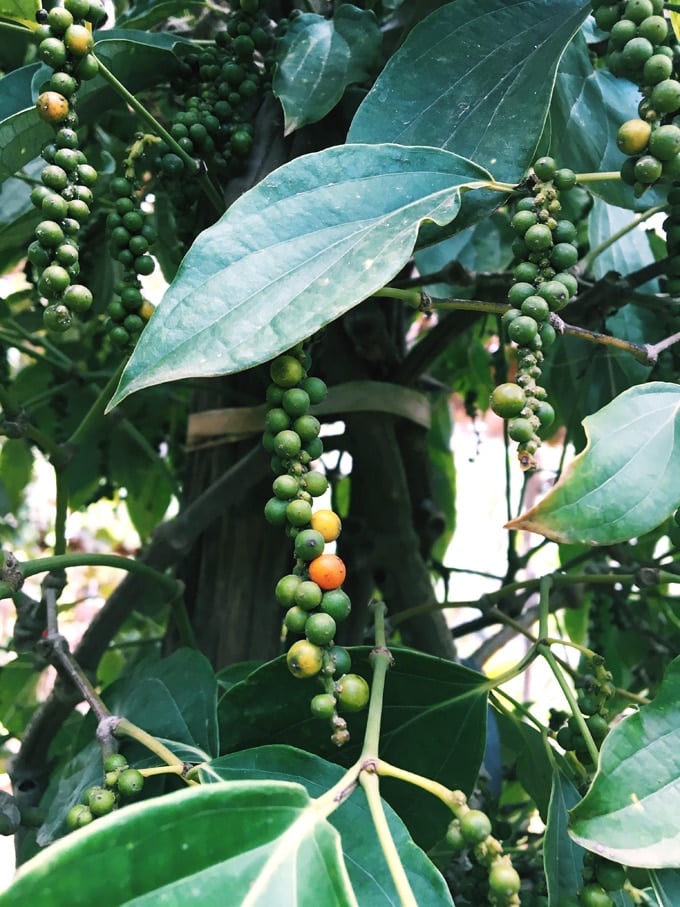
Caves: There are caves dotted all around the area, many adorned with Buddhist shrines and temples. Local children offered us a guided tour and flashlights, which we took them up on. The tour consisted of showing us all the rock formations that resembled animals and repeating “watch your head”. They were adorable and knowledgable, though I do wonder if the money they make doing the tours is pulling them away from school.
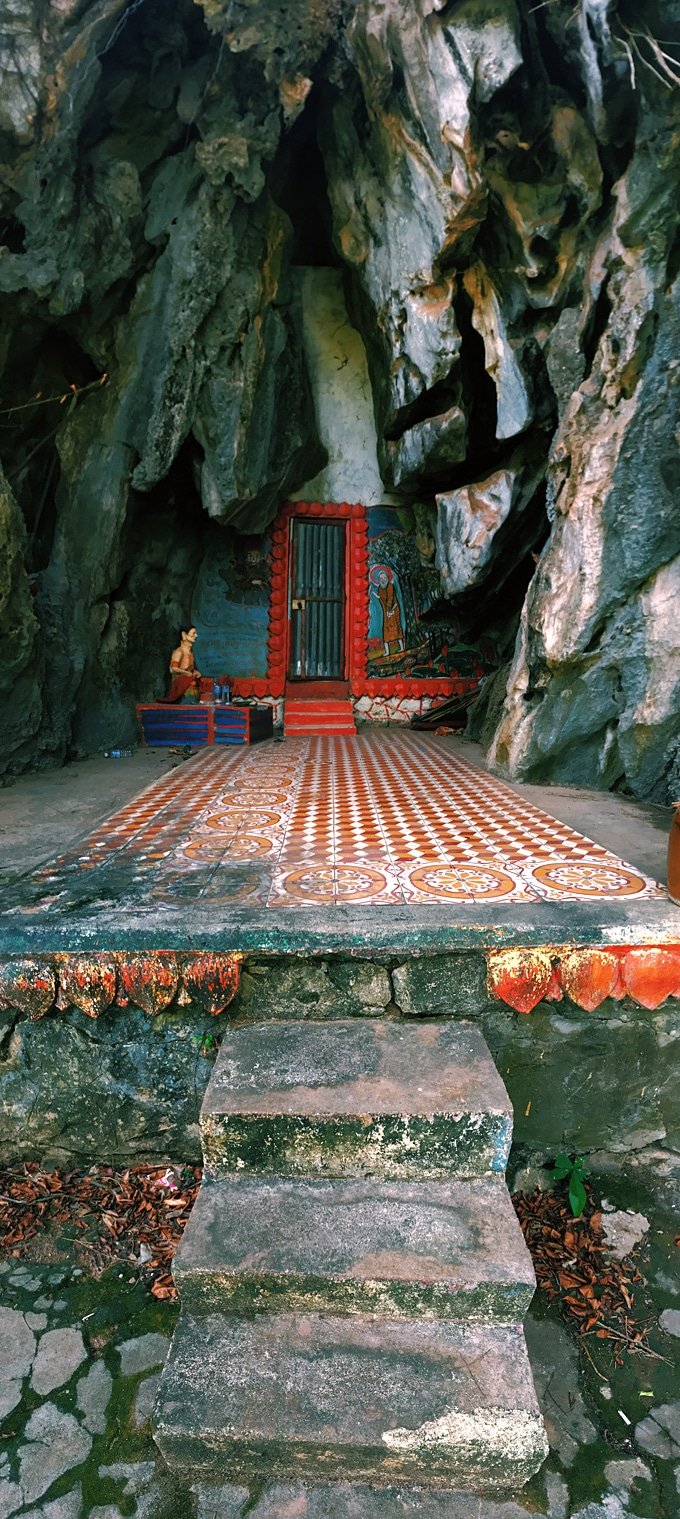
Kampot: Kampot is a larger town and not quite as quaint. I didn’t particularly enjoy the actual town, and would recommend getting out and exploring the area rather than piddling about the town.
Koh Rong Island
From Kampot we hopped a 2 hour bus to Sihanoukville and then a ferry to Koh Rong, a tropical island that has some development with pockets of pristine, untouched paradise.
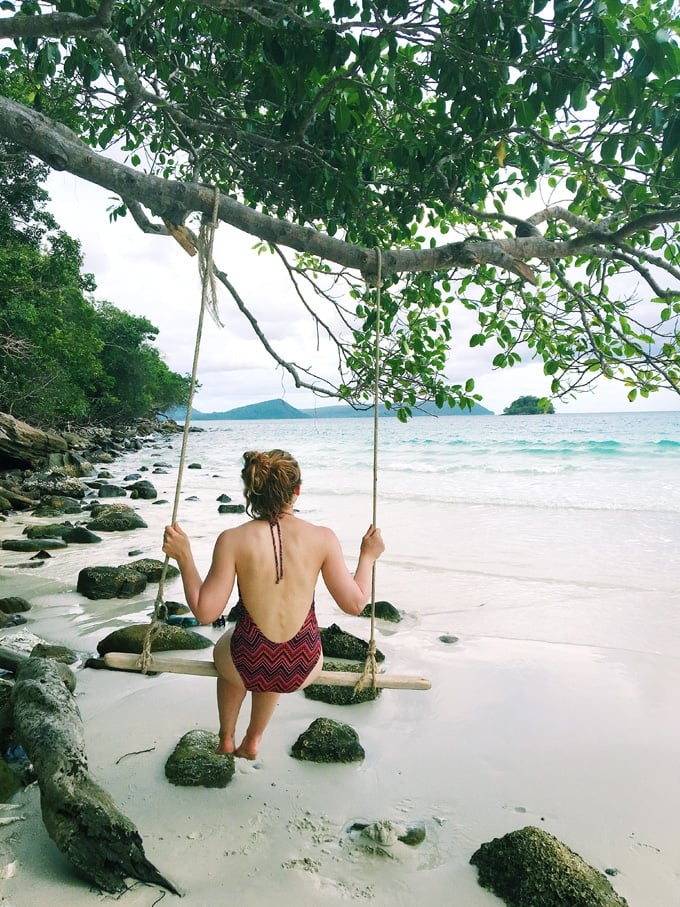
Koh Touch: There are two main ferries to the island, the fast boat (30 min) and slow boat (1 hour 30 min). Both will drop you at Koh Touch, the very developed side of the island. Bars, hotels, and restaurants crowd the area, though it gets quieter the further down the beach you walk. We walked to the end of the beach and found a bungalow there, though you may need to search online if you’re hoping to stay on the other side of the island. Many accommodations on the other side have a separate ferry for getting there.
4 km Beach: If you walk from the main area of Koh Touch, past the Treehouse Bungalows and around the bend, you’ll find total white sand seclusion. There are a few snack shacks and a restaurant at one side, but very little development.
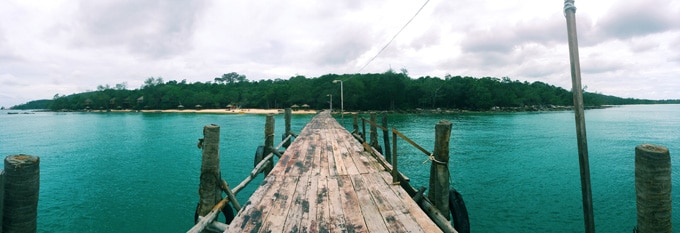
No ATMs: There are no ATMs on the island, so bring money with you!
Wifi in Koh Touch: If wifi is important to you, you’ll find it in most restaurants on the main strip, though it’s super spotty.
Phnom Penh
The capital city of Cambodia is bustling with life, though we spent our one day in the city learning about Cambodia’s devastating past at Tuol Sleng Genocide Museum and the Killing Fields. Between 1975 and 1979, 25% of the Cambodian population (2 million people) were killed or died as a result of the Khmer Rouge regime. Out of respect for the country and the people that live in Cambodia today, you need to pay these sites a visit.
Tuol Sleng Genocide Museum at S21: This inner city museum, located at Security Prison 21 (S21), formerly a high school, tells the gruesome story of Pol Pot and the Khmer Rouge. From 1975 to 1978, 17,000-20,000 people passed through this prison, many dying here and most moving on to the killing fields. Each prisoner was photographed, and those photographs fill many rooms of the museum. Definitely rent the audio tour to get the full scope.
Choeung Ek Genocidal Center (The Killing Fields): Now a peaceful place, just a few decades ago the Killing Fields outside of Phnom Penh were like something from a horror movie. The remains of almost 9,000 people were unearthed from mass graves, with many graves being left untouched. Entrance includes a great audio tour that tells the story of what happened here with accounts from survivors. (Slightly unrelated, but the tuk-tuk ride to here is extremely dusty. You may want to invest in one of those face masks that the locals seem to love.)
Siem Reap
Hire a tuk-tuk for the day for temple touring: Unless you love love LOVE temples or perhaps studied history/architecture/Cambodian culture, you only need a day to see the temples around Siem Reap, granted a very full day. You can hire a tuk-tuk to take you to whichever temples you choose, though if you don’t want to pay an arm and a leg for meals, don’t let them choose where you eat breakfast and lunch (I suspect drivers have deals with restaurants to bring in tourists). Some things to know about the temples:
- A 1-day pass costs $20. If you buy the pass the day before you intend on seeing the temples, you can get in on that day after 5:30pm to watch the sunset. We visited Phnom Bakhen temple for the sunset, which was ultra-crowded but really beautiful.
- The sunrise at Angkor Wat is worth it, if not for the gorgeous photo op then at least to beat the heat.
- From Ankor Wat, try to hurry to Bayon temple to beat the ensuing crowds. This temple is richly decorated with large stuatues of faces.
- Ta Prohm Temple (or Rajavihara) was left the way it was found, with pieces crumbling and trees growing from the ruins. Tomb Raider was shot here, so many people have given it the cringe-worthy name “The Angelina Jolie Temple”.
- Shop here! If you need souveniers, they’re actually SO MUCH CHEAPER in the shops and stands around the temples than they are in town. As always, barter hard.
- Everyone (not just the chicas) will need to have knees and shoulders covered to enter the temples.
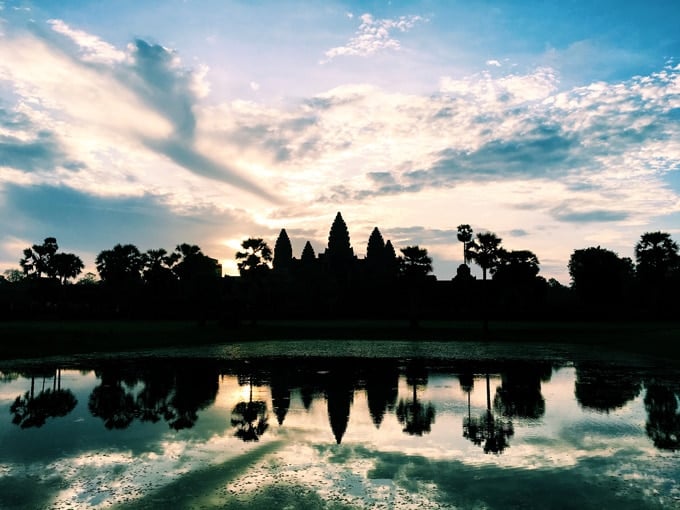
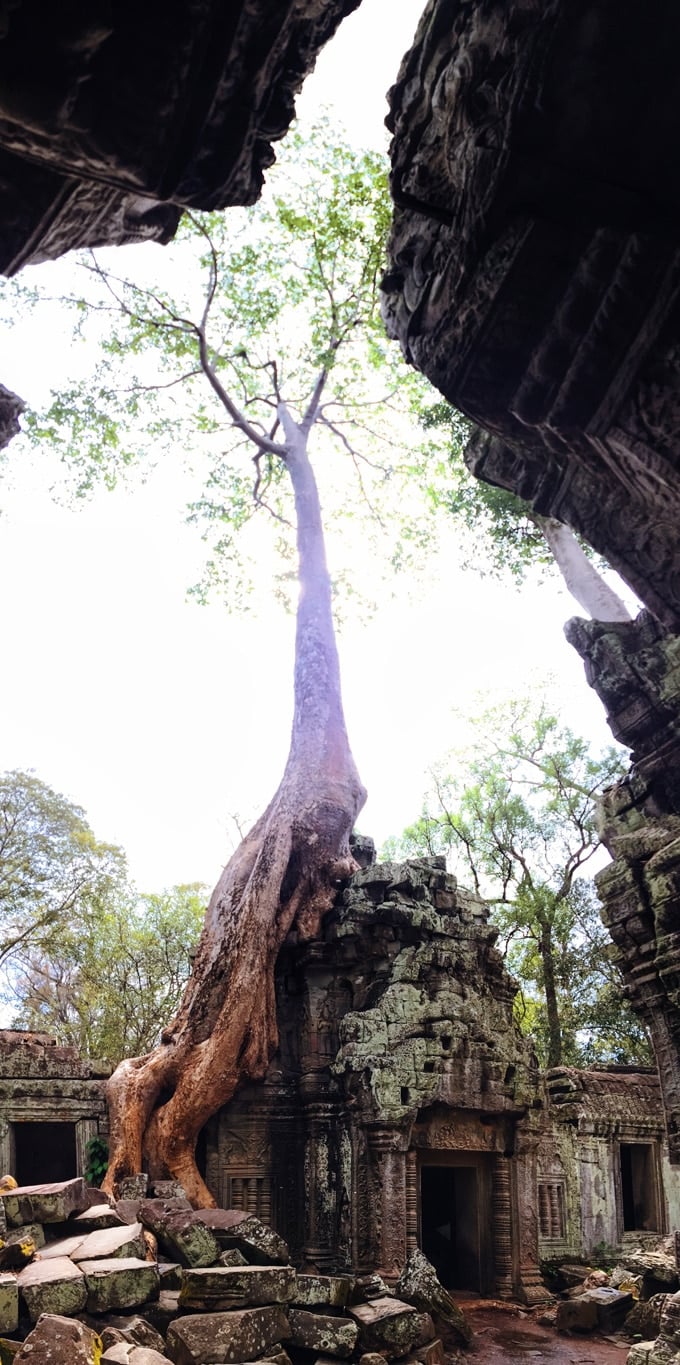
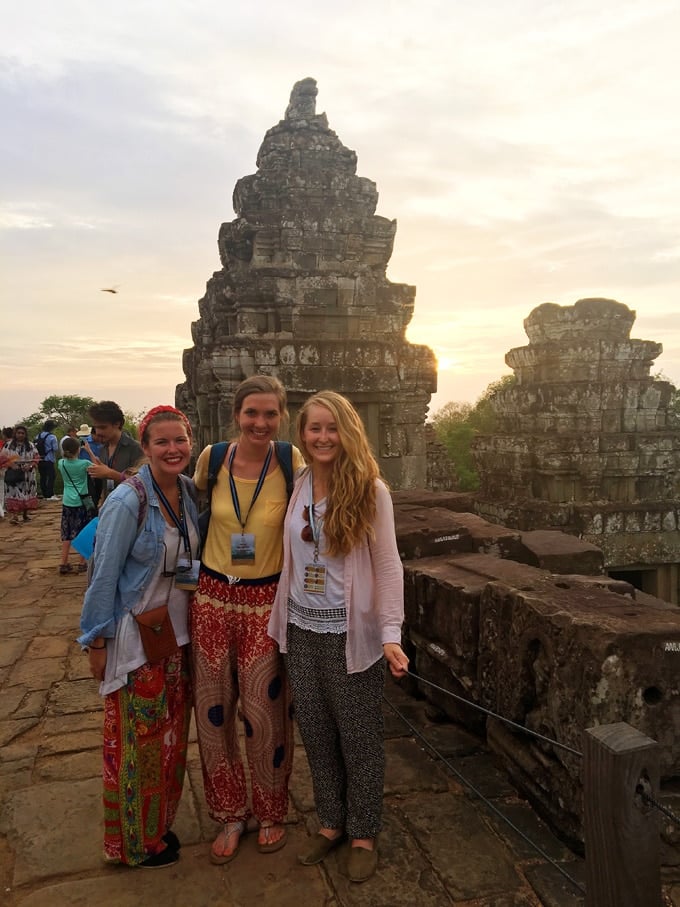
Phare, The Cambodian Circus: This is a must must MUST. I initially dismissed the idea, picturing a typical touristy circus. It’s not that. Through acrobatics and dance, they tell the story of one girl’s journey through the Khmer Rouge atrocities. I laughed, I cried, it was incredible. Worth the money!
Visit the Angkor Silk Farm: Run by Artisans Ankor, this farm aims to restore Khmer culture and provide jobs to rural Cambodians. You can see the process of making silk from feeding the silk worms, to the making of their cocoons, to making the silk strands from the cocoons, and weaving it into elaborate tapestries. This was one of my favorite things to see in Siem Reap!
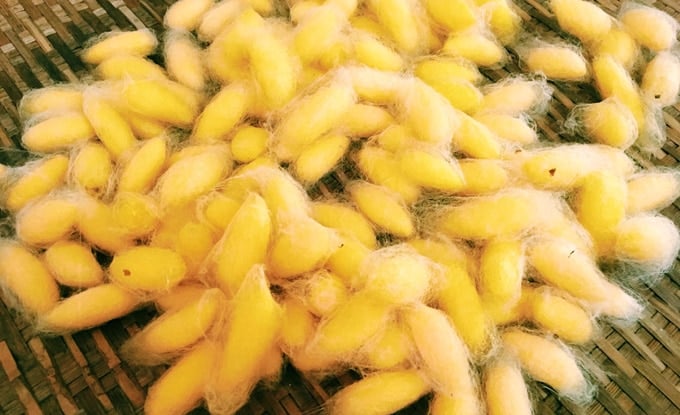
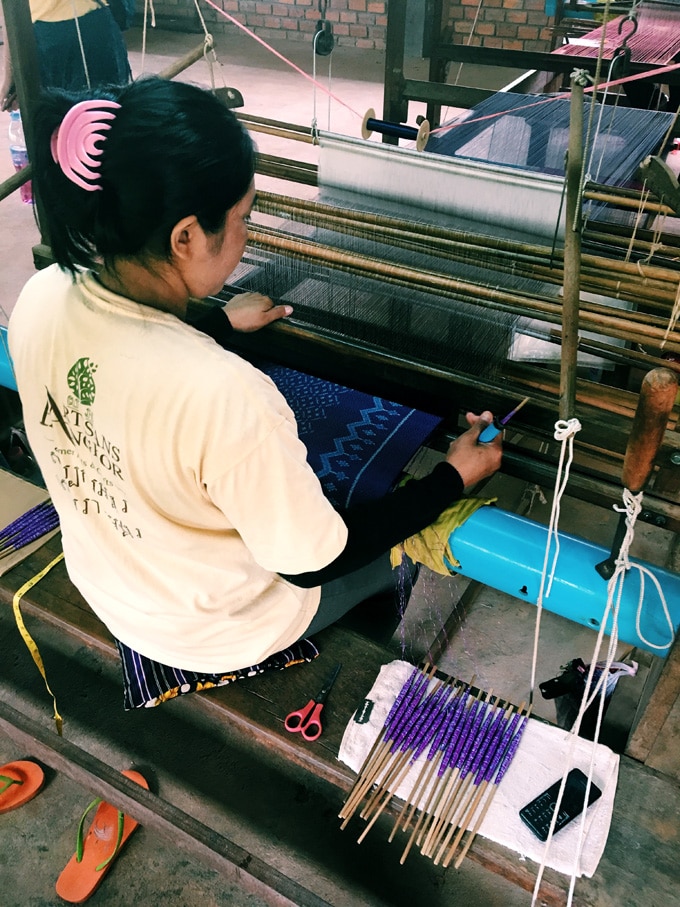
Land Mine Museum: If you happen to be out that way (i.e. if you visit Banteay Srei Temple), make a stop at this small museum, which teaches about the impact of land mines on modern day Cambodia and what’s being done to clear them.
Getting Around Cambodia
Tourist infrastructure in Cambodia isn’t as developed as in Thailand or Vietnam. While tuk-tuks (two-wheeled buggies pulled behind a motorbike) are going to be your main mode of transportation within cities, busses will get you around the country.
Giant Ibis Busses: I highly recommend this bus system, especially if you’re doing overnight travel. Why?
- They’re super comfortable. You either get an actual bed to sleep on or a chair that is in a permanently reclined position. Yes they pack you in like sardines, but you’ll be a very cozy sardine as you sleep your way through an 8 hour bus ride. Throw in power outlets and free bottled water and you’ll feel like royalty.
- They’re safe. Cambodian roads are crazy, but Giant Ibis does a lot to keep passengers safe. Busses are GPA tracked, so if drivers speed, they get a fine from the company. There are always 2 drivers to prevent dozing off while driving.
Don’t take a bus to Bangkok: If you’re traveling from Siem Reap to Bangkok, for the love of God just fly. The border is a hot mess and the ride will likely take much longer than anticipated. Flights are cheap and fast and so worth it for this stretch.
Borders are a B*tch: From our personal experience at the Vietnamese border into Cambodia, and from accounts of other travelers, the Cambodian borders are notoriously corrupt. Bring extra money in anticipation that they may up charge you for x, y, or z.
Things to Eat & Drink in Cambodia
Sandwiched between Thailand and Vietnam, two world-renowned food hubs, Cambodian cuisine is often overlooked. Word for the wise: don’t overlook it! Cambodian cuisine (or Khmer cuisine) has a delicious life of its own, and I only wish I had more time to have explored it all.
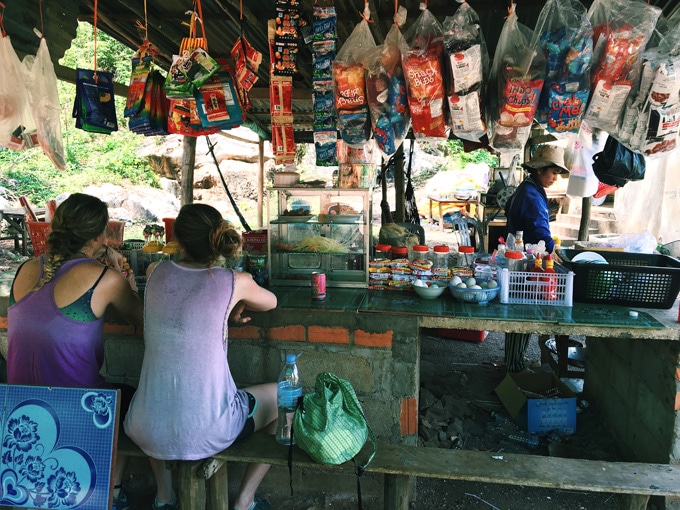
Amok: A bright yellow coconut-based curry, commonly served with fish or meat.
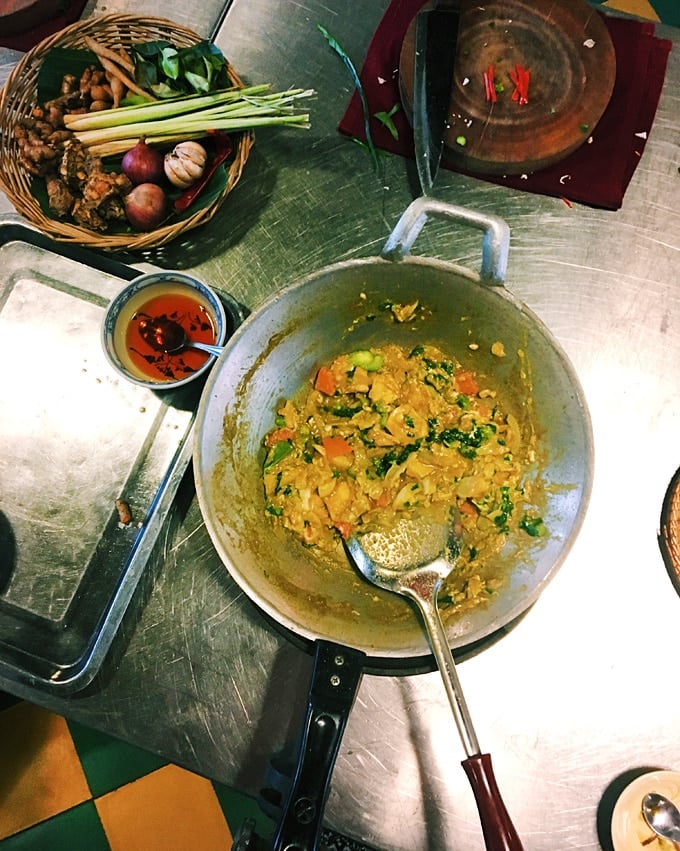
Lok Lak: Stir-fried marinated beef served on a bed of rice.
Cambodian Rice Cakes: These savory rice cakes are stuffed with greens and served on a bed of lot cha noodles. If you spot it in a local market, get it!
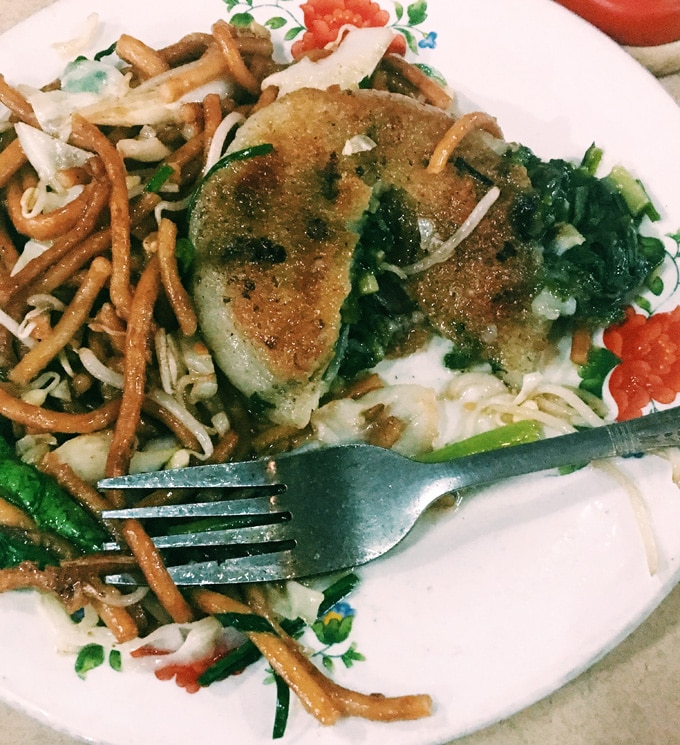
Crab in Kep and Kampot: This region is famous for its crab and seafood. Although I’m allergic, I reckon you’ll find it tasty!
Pepper dishes: With pepper also being famous in the Kep/Kampot area, you’ll find a lot of ominously named pepper dishes; “Pepper Chicken”, “Pepper Crab”. Order one and prepare to be delighted.
Bugs: You should probably try a few bites of local protein, bugs, on your trip. You’ll find them sold in markets and on the street. And yea, they do taste like chicken.
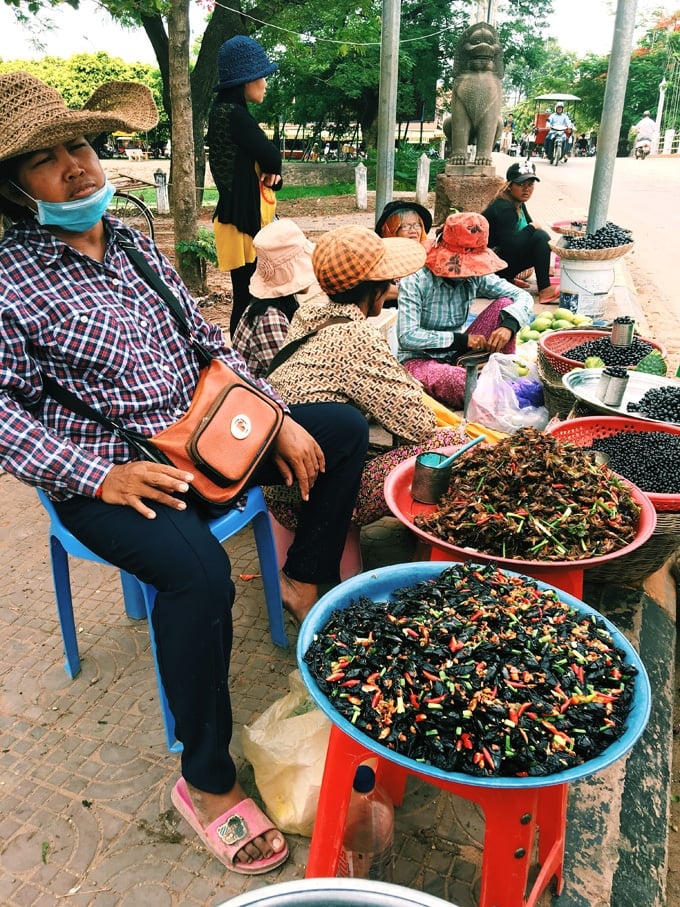
Abba and Genevieve’s in Siem Reap: Both are affordable, delicious restaurants offering authentic Cambodian food. Abba, near the Night Market, has a high class feel with very welcoming staff. Genevieve’s is owned by an Australian man who has a real passion for helping the community and serving really great food.
Don’t let food poisoning ruin your trip! While ice is usually produced in factories and is clean in Cambodia, tap water and anything that may have been washed in tap water should be avoided (lettuce, tomatoes, grapes, etc.) Read up on this post to keep your belly happy and healthy.
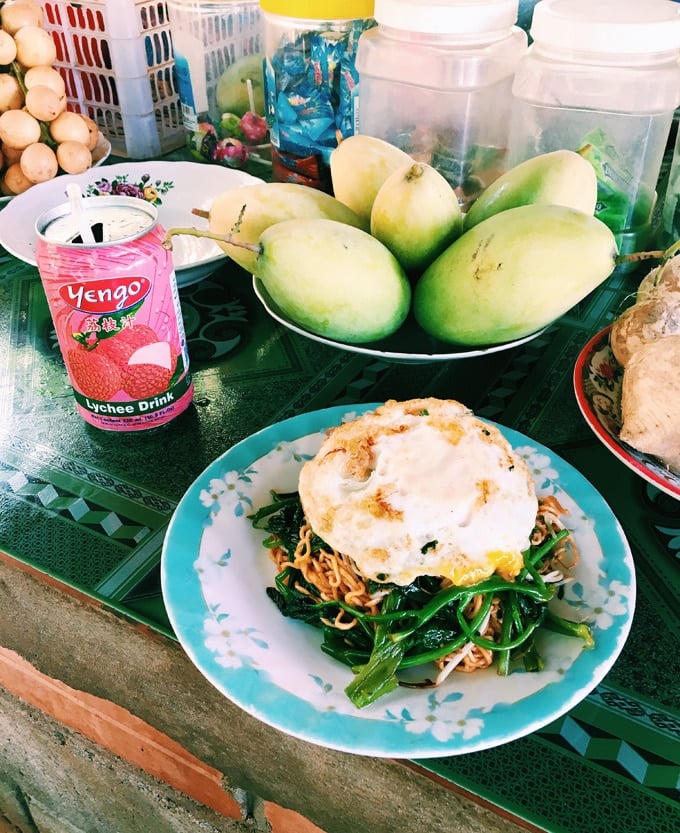
Know Before You Go
Cambodians prefer to use the U.S. dollar over the Cambodian Riel. You can get both USD and KHR from ATMs. USD are preferred on bigger purchases (>$5), while you can use the KHR on cheaper things (<$5) and for getting change when the amount is less than $1 (all USD bills, no coins).
It is HOT in mainland Cambodia. The further you get from the coast, the hotter it feels. Try to get an accommodation with a pool!
Most temples will require you to have knees and shoulders covered to get in. Try to always carry a sarong along with you for impromptu temple trips!
Except in the major cities, malaria is present in Cambodia. Bring insect repellant and apply often, and if you go off the beaten path, think about investing in some anti-malaria meds.
Electrical outlets are, for the most part, a hybrid of U.S. and European plugs. Either type will work!
Bedbugs are real and you should check for them at every place you lay your head. And even if it means repacking everything and wandering around town in your pajamas until you find another hotel (*cough*), do not stay if you suspect bedbugs. Here’s a quick guide to looking for ’em.
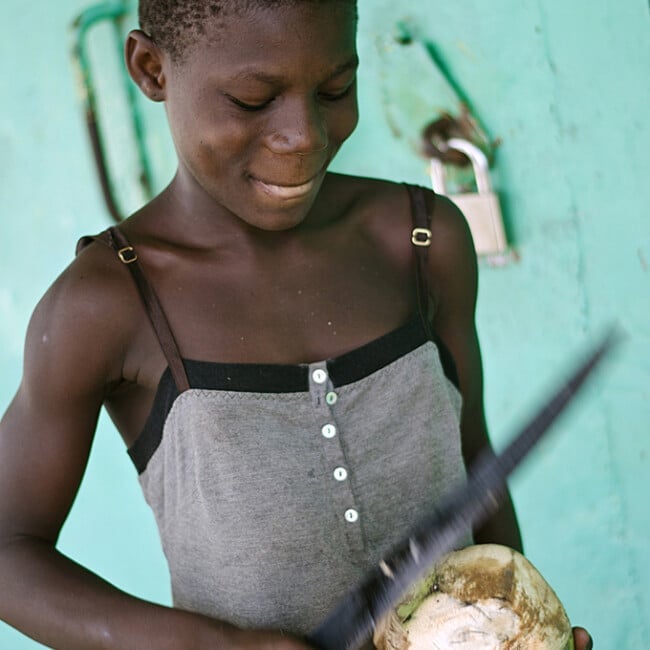
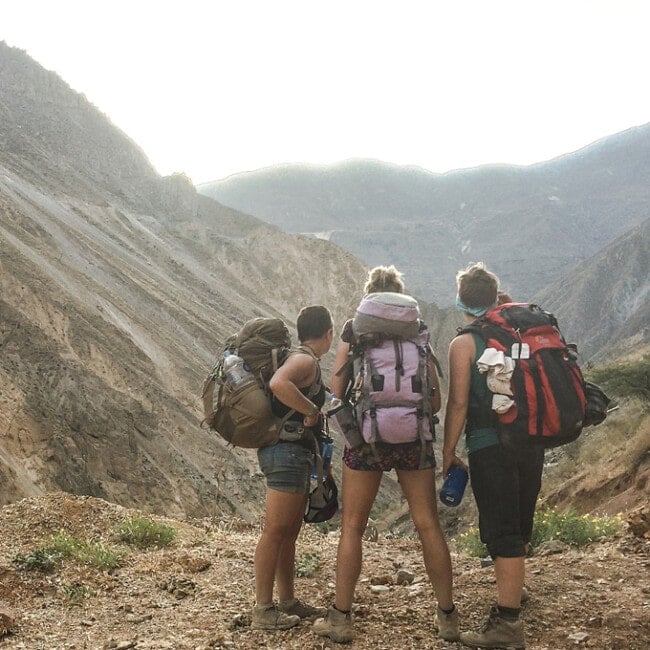
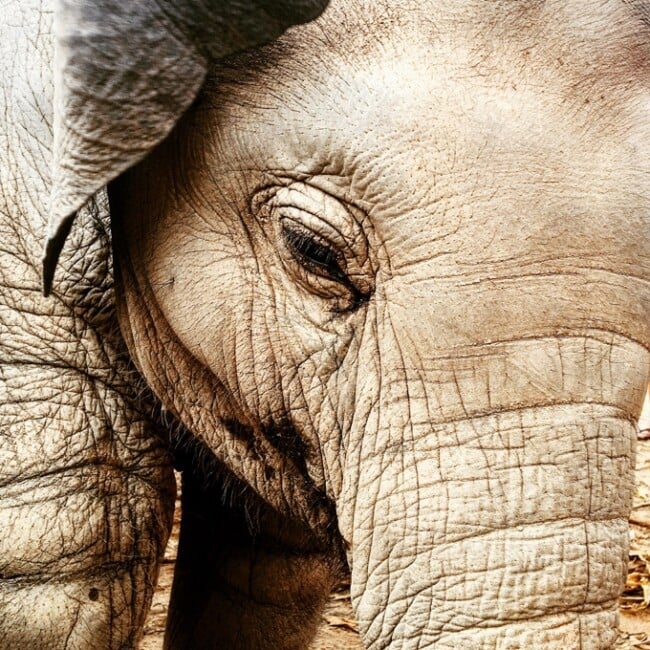
stephanie says
Great article! I have been to Cambodia twice and love Siem Reap.
Angkor is amazing!
x
Sarah says
Thanks, Stephanie!! Isn’t Cambodia so great? 9 months later and I still just remember how nice the people were 🙂
Alexa says
Great article and wonderful pictures! Which camera did you use for this?
Would you recommend flying?
Sarah says
Thanks, Alexa! I actually just used my iPhone 6s! I was a little nervous bringing my camera (a nikon d7000) along on such a bootstrapped backpacking journey. Fortunately, camera phones can capture some pretty great photos these days!